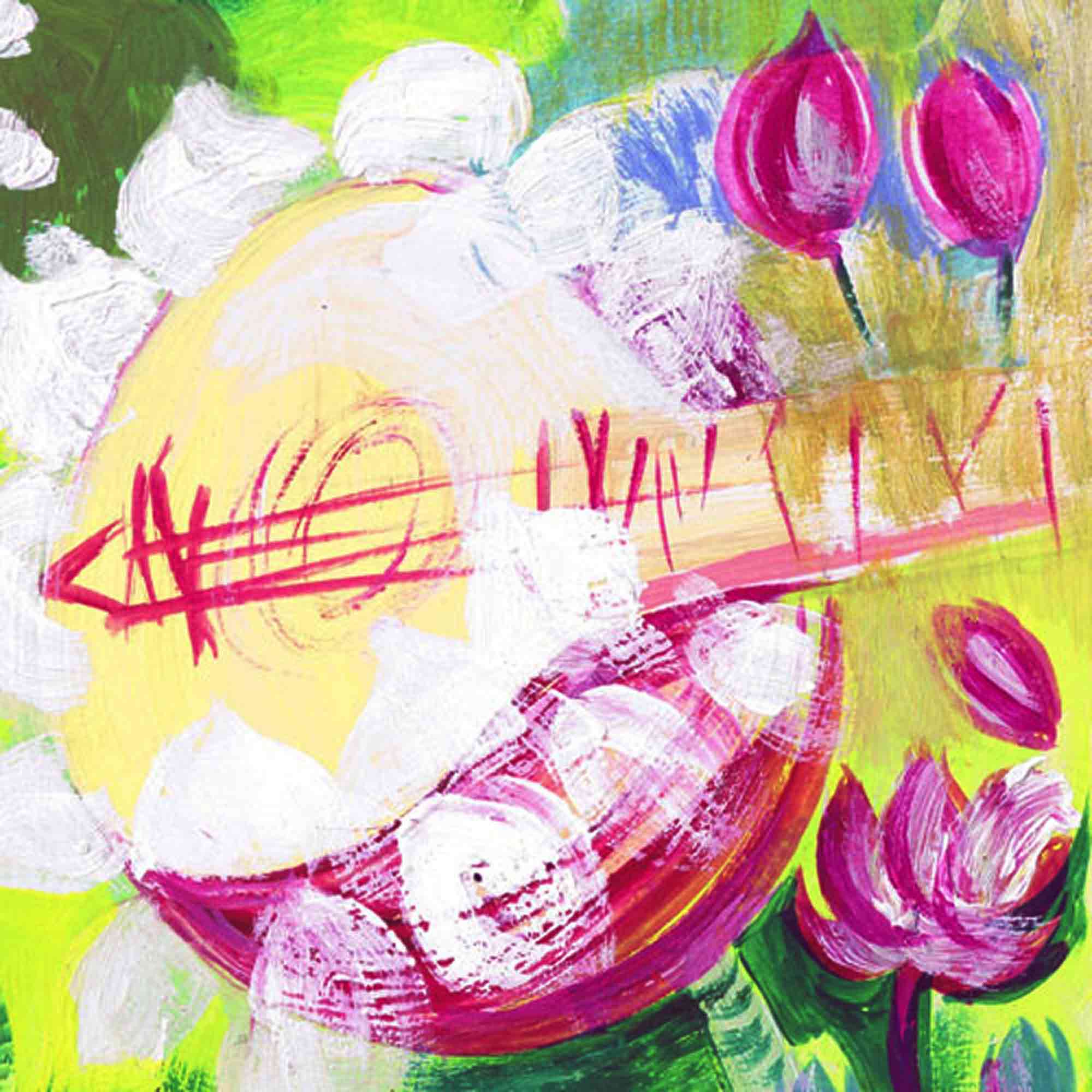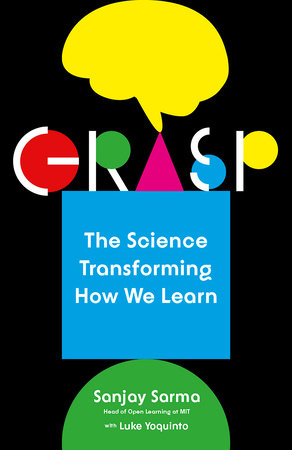This month [December 2020] marks the 250th birth anniversary of Ludwig van Beethoven. In ordinary times, Germany, Austria, and a good part of the world beyond Europe would have been ablaze with celebrations: as the opera composer Giuseppe Verdi, a man whose reputation in some circles would be just as great, remarked: “Before the name of Beethoven, we must all bow in reverence.” However, in India, even without the coronavirus pandemic, there would not have been much of a stir. Beethoven’s name is by no means unknown, and India doubtless has its share of afficionados of Western classical music. […]
Stunningly [a] quote from the Iliad is preceded in Beethoven’s notebook by an excerpt from the Gita that he took to be its central teaching:
“Let not thy life be spent in inaction. Depend upon application, perform thy duty, abandon all thought of the consequence, and make the event equal, whether it terminate in good or evil; for such an equality is called Yog, attention to what is spiritual.”
Beethoven’s contemporary, the composer Franz Schubert, was almost singular in recognizing that the late string quartets were perhaps an expression of the ineffable in human existence and the search of the soul for the transcendent. Listening to the String Quartet No. 14 in C minor (Opus 131) for the last time, just before his own death a year after the passing of Beethoven, Schubert exclaimed, “After this, what is left for us to write.” Opinion would begin to swing the other way many years after Beethoven’s death, but what is singularly striking is that musicologists have been loath to consider how Indian philosophy may have contributed to carving out in Beethoven’s frame of thinking a space for the melancholic longing for the liberation that the Buddhists describe as nirvana and the Hindus as moksha. After the Upanishads and Shankaracharya, Ramana Maharishi and Sree Narayana Guru, India must recognize that Beethoven has given us the music of advaita.
Source: “Imagining Beethoven in India” by Vinay Lal (Professor of History & Asian American Studies, University of California, Los Angeles UCLA)
URL: https://vinaylal.wordpress.com/2020/12/30/imagining-beethoven-in-india/
Date visited: 2 January 2020
[Bold typeface added above for emphasis]





